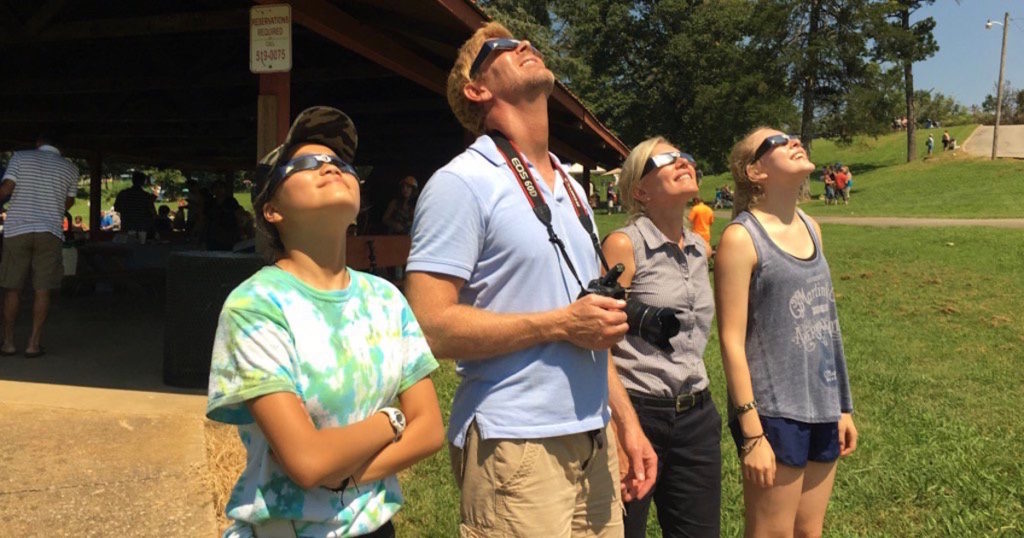 Physics, Earth & Space
Physics, Earth & Space
How a Perfect Solar Eclipse Suggests Intelligent Design


What do you know about eclipses? Join us for a classic ID the Future episode and learn more. Back in August 2017, residents of the United States got to see a perfect solar eclipse. CSC Senior Fellow Jay Richards explains how perfect solar eclipses are the tip of an iceberg-size design argument, fully articulated in a book he co-wrote, The Privileged Planet. Download the podcast or listen to it here.
The conditions for a habitable planet (right distance from the right size star, a big but not too big moon that is the right distance away to stabilize the planet’s tilt and circulate its oceans) are also conditions that make perfect solar eclipses from the planet’s surface much more likely. And perfect eclipses aren’t just eerie and beautiful. They’ve helped scientists test and discover things, and they are part of a larger pattern: the conditions needed for a habitable place in the cosmos correlate with the conditions well suited for scientific discovery. As Richards notes, this correlation is inexplicable if the cosmos is the product of chance. But if it’s intelligently designed with creatures like us in mind, it’s just what we might expect.
Photo: Center for Science & Culture Senior Fellow and Privileged Planet co-author Jay W. Richards takes in the total eclipse of the sun; pictured here five minutes after totality.
